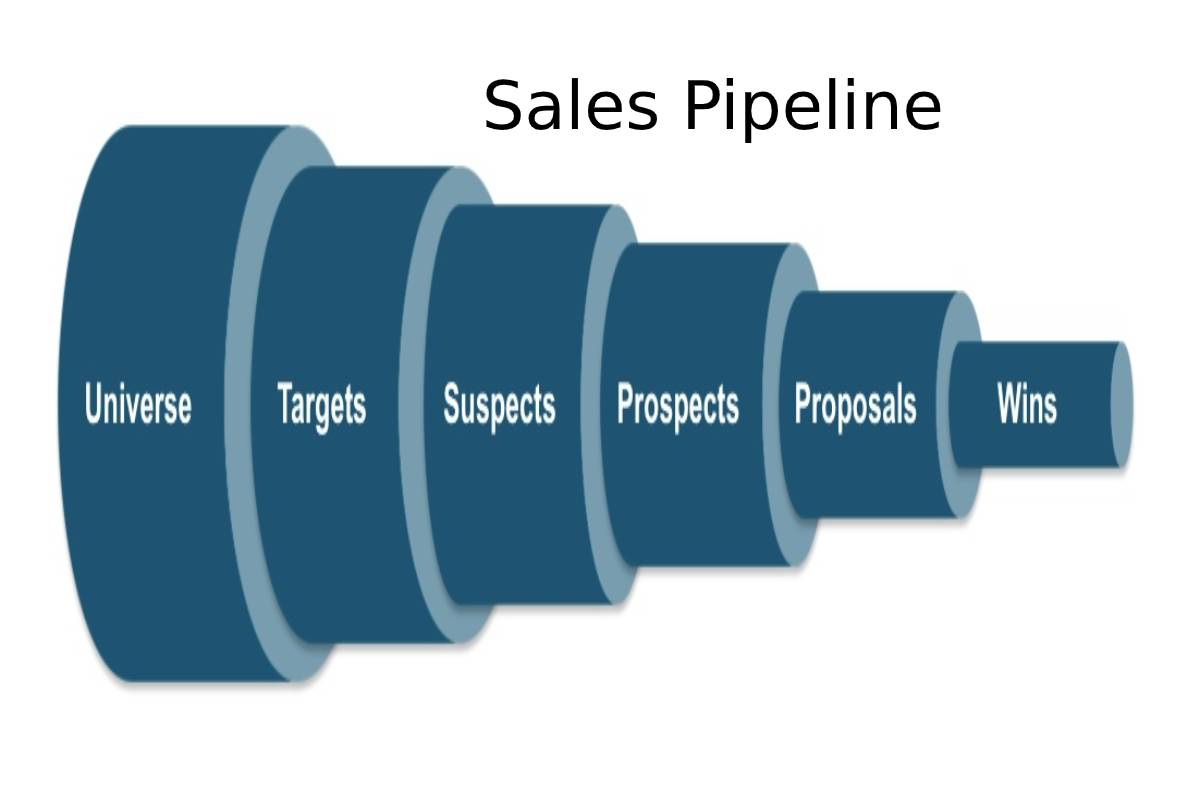Sales Pipeline
Sales pipeline’ is one of those sales footings that gets thrown around a lot. Suppose you spend any time in sales circles.
You’ll catch a lot about ‘getting prospects into the pipeline,’ ‘increasing your pipeline,’ and ‘filling your pipeline with hot leads.’
What is a sales pipeline?
A sales pipeline is a visual and organized way to track multiple potential buyers through different stages of the buying process.
- In that way, it is very similar to other pipelines in different sectors.
- The definition above that pipelines are a way of tracking progress toward a goal through a series of specific stages is a pipeline for companies in all industries.
- Pipelines are often viewed as a horizontal bar, sometimes a funnel, divided into a company’s sales process stages.
- Potential buyers move from one phase to the next as they go through the sales process: when contact is made, for example, or when a potential customer is qualified.
- It’s a way of illustrating where potential customers are on their journey from lead to (hopefully) customer. With a pipeline, sellers can see exactly where their money, deals, and other sales efforts are at all times.
- It’s a vital tool for salespeople, who often juggle lots of sales leads and offers and can’t afford to let one getaway.
- It is also a powerful tool for sales managers who want more data on how well their sales process works.
- Since a pipeline tracks the activities of a salesperson, it offers more visibility into which sales activities are giving the business the best performance.
- “Companies don’t know what their chances are,” says Michelle Seger, a partner at SalesGlobe, based in Atlanta.
- “If you can see their activities, how long they have been there and what their conversion rates are. It will tell you where you are and what is not working.”
Building your sales pipeline: what do you need to get started?
Since a pipeline is such an important sales tool, you can’t just toss one together. Instead, you’ll need to make sure you have specific information about your company, sales team, customers. And product before you can assemble one.
Here and now are some of the things you’ll need to have on hand before you can start creating a pipeline:
- A list of your prospective buyers
- Your team’s sales process
- Your revenue targets
- A meeting scheduled with colleagues



